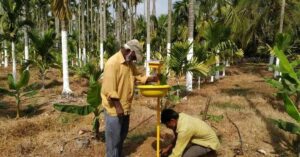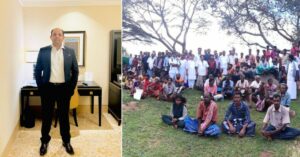How School Students in Delhi Are Helping Artisans in a West Bengal Village Earn What They Deserve
Diya Kundu, a 17-year-old student of DPS Vasant Kunj in Delhi has started a teen-run business enterprise meant to help artisans in Golabari village of West Bengal earn their rightful share.

Diya Kundu, a 17-year-old student of DPS Vasant Kunj in Delhi, has been a frequent visitor of Golabari village in West Bengal since she was a child. Her grandparents and relatives live there and Diya grew up surrounded by the locals who are like family members to her now.
“Growing up I realised that the residents of this village have poor financial backgrounds and are extremely underpaid for their work. Many of them are artisans, but their products are not sold at the rate that they deserve. Moreover, their talent goes unrecognised,” says Diya.
She also noticed that the raw materials used by the artisans for their work are eco-friendly products like wood, hay, natural clay, etc.
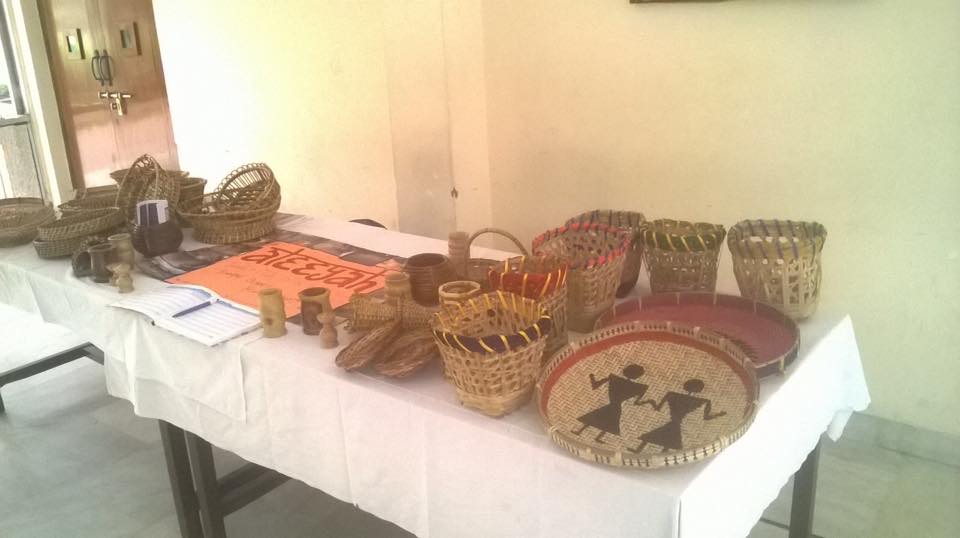
Diya developed the idea of starting a project to help them earn what they actually deserve for their handiwork. She participated in the national youth leadership program called STEP, which was organised by TERI University and Tetra-Pak. As a part of the programme, students had to take up projects and work on enhancing the economic and social sustainability of the community that they come from.
Finally, after obtaining her initial funding of Rs. 5,000 from STEP, Diya started her project in May last year. She calls it Aleeyah and the project’s aim is to bring the products made by the villagers into the city and sell them in a way that artisans would earn 50-60% more than they would when working with middlemen.
She came together with her friends Sharanya Mathur and Eshan Uniyal and set up a volunteering base with eight people in all.

The team assigns three productions jobs to the artisans in which they are given details of the products needed and the number of units required. They get one month to get done with one particular job, after which Diya brings the products to Delhi. These products include handmade baskets, dolls, showpieces, etc. Once the handicraft items are ready, the team also works on improvising them with varnish and paint to make them suitable for the urban market.
In Delhi, she and her team organise exhibitions in their school and neighbouring areas where the products are sold at reasonable prices.
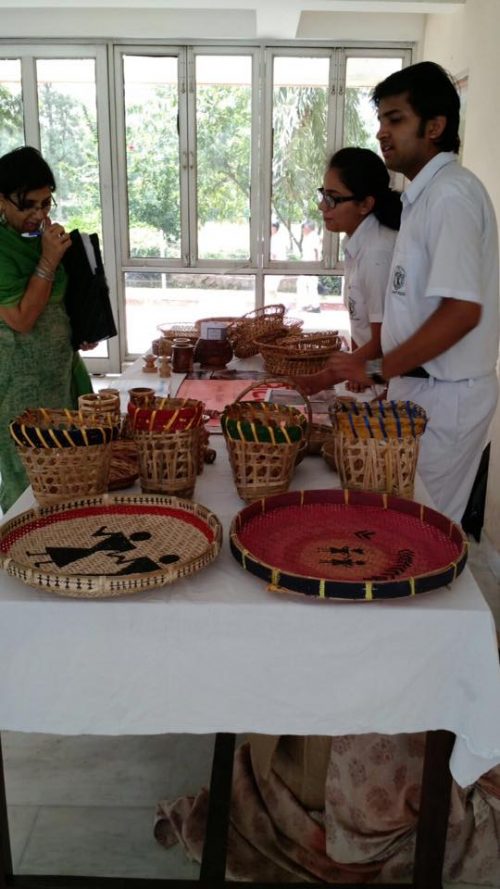
Aleeyah retains a quarter of the profit for the artisans to take up their next projects. All the artisans are paid in advance so they that they can make arrangements for the raw materials required to start. The rest of the profit is either paid directly to the artisans or is used for the development of the village. The team has installed many light bulbs in the village, provided all households with first aid kits, repaired leaks on roofs of tens of houses and purchased raincoats for farm workers.
They have also set up a learning centre where girls are taught to knit and stitch, with the view towards making them self-dependent.

About three volunteers have signed up to teach the girls and some people from the nearby cities also go to the village once or twice in a month to check if everything is in order.
Diya has very personal contacts with all these artisans as she knows them and their families since she was a kid.
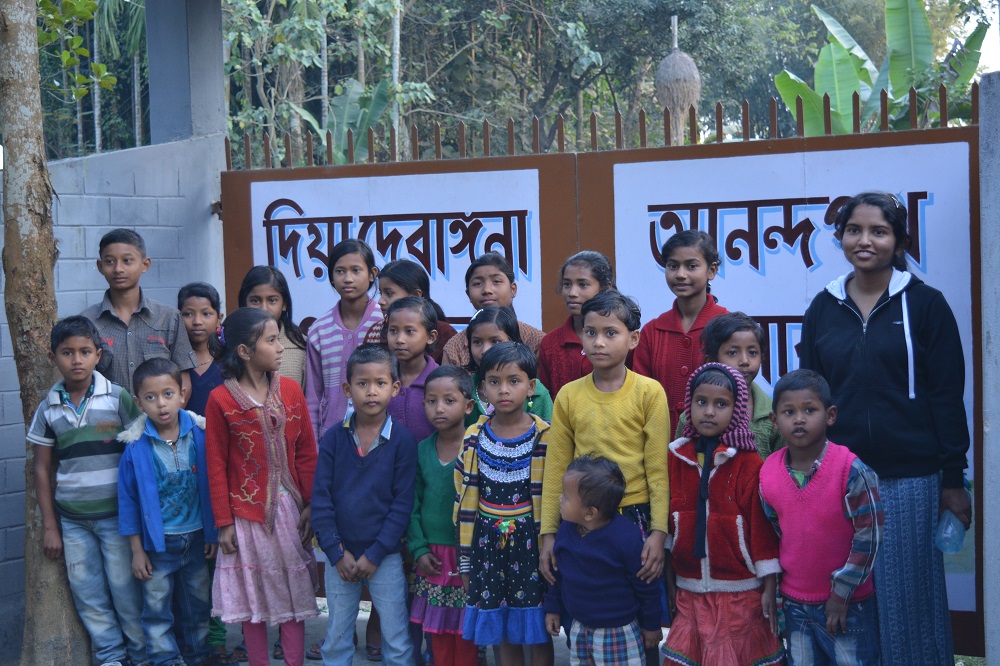
Work is equally divided in her team of eight – while some people are involved in marketing the products outside the school, others are responsible for the pamphlets, posters, finances, etc. They receive donations from their friends, relatives, parents, and everyone who wants to contribute to the cause.
“The artisans have become more financially independent, secure and confident about their skills. Moreover, we have created the realisation of exploitation among them. They know when they are being undervalued and realise that they are worth more. This was one of our primary goals. I also feel that youngsters I work with in Delhi are becoming more aware of the reality in rural parts of the country and are getting a chance to contribute in a meaningful way,” concludes Diya, who wants to expand this model in other villages in the future.
Like this story? Have something to share? Email: [email protected], or join us on Facebook and Twitter (@thebetterindia). To get positive news on WhatsApp, just send ‘Start’ to 090 2900 3600 via WhatsApp.
This story made me
-
97
-
121
-
89
-
167
Tell Us More
We bring stories straight from the heart of India, to inspire millions and create a wave of impact. Our positive movement is growing bigger everyday, and we would love for you to join it.
Please contribute whatever you can, every little penny helps our team in bringing you more stories that support dreams and spread hope.






